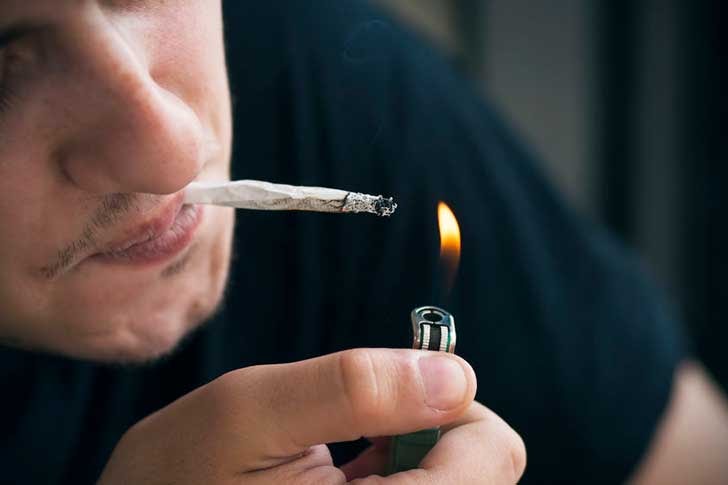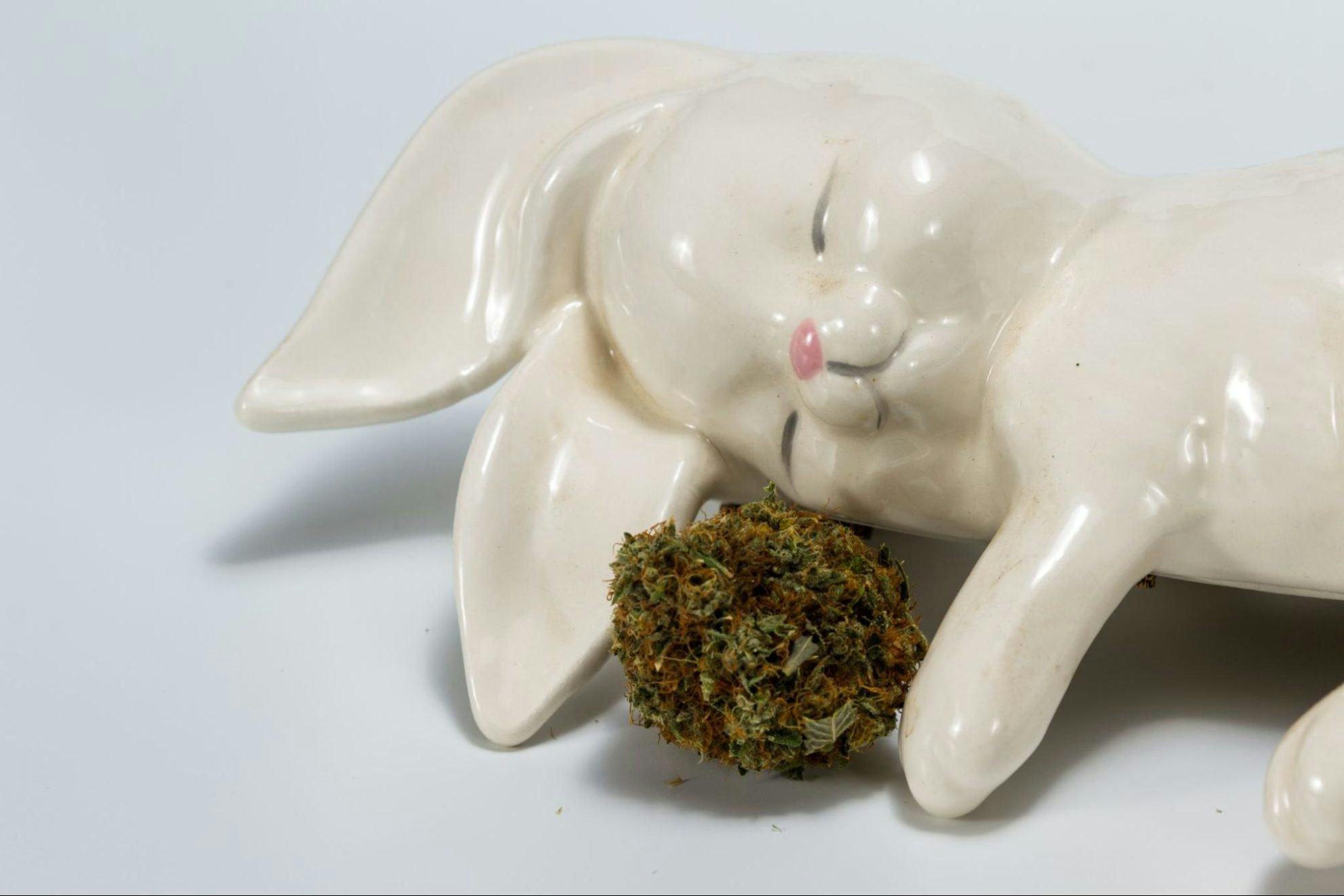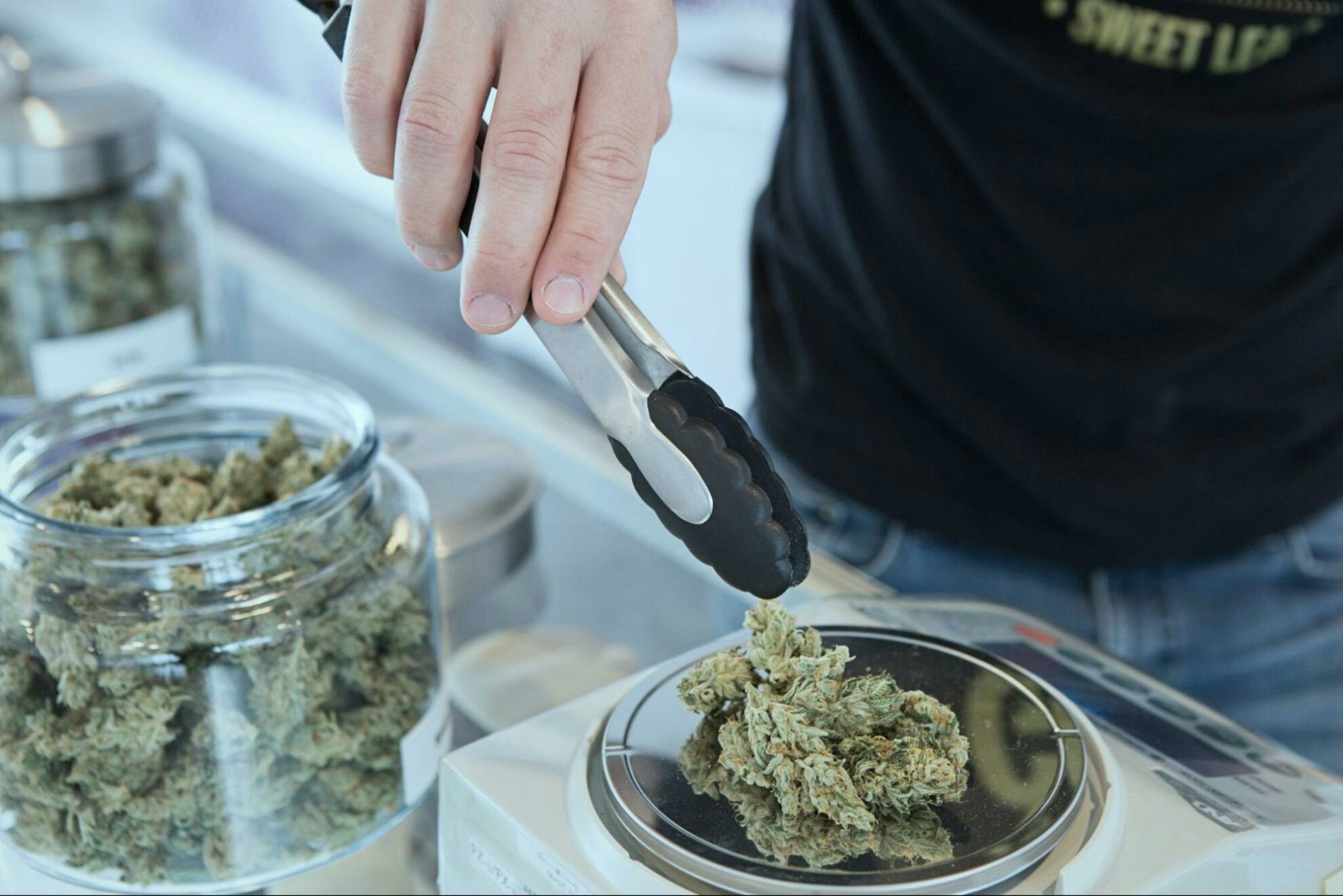Even if you consume cannabis legally and responsibly, your employer can still make you take a THC Drug Test, and if you test positive it can have serious consequences.
If you know you’ll have to take a drug test, there are some science-forward steps you can take that can help improve your odds of passing a drug test. Whether you have a week to prepare or just three hours, we outline some pharmacology-based methods that can help you complete a THC detox.
Here’s a summary of how the popular week+ THC detox works:
- Stop consuming cannabis
- Initiate moderate weight loss
- Manipulate liver metabolism
- Bind up THC metabolites
- Hydrate wisely
While the methods are scientifically logical and offer a good chance of passing a urine drug test, the only method that can guarantee to pass is prolonged abstinence. In addition, the methods outlined here do carry some significant risks of drug interactions, so it’s important to keep this in mind.
How to do the one week+ THC detox protocol

Before you even get started, the first thing to do is stop consuming cannabis. Building on that, the one week+ detox protocol is primarily focused on diet, exercise, and weight loss. Of course, more than one week is even better for a full THC Detox.
This approach is effective because THC and THC metabolites are stored in our fat (adipose) tissues. Once sent into the fatty tissues, these metabolites are slowly released back into the body and excreted through our urine and our feces, where they can be detected on drug tests.
This method is the only one listed here that fits the mold of a true detox. Detox, or detoxification, means to remove the toxins (in this case, THC and THC metabolites). The one week+ protocol is the most effective method of reducing the number of THC metabolites in the body, and therefore the ideal method to employ — if the timeline allows.
Step one: Burn fat
There is no magic to this method, nor is there a one-size-fits-all approach to rapidly trimming body fat through exercise and diet. The aim is to lose body fat, however, not water weight. You can’t sweat out THC — it has to be real fat loss. Since THC metabolites are stored in fat cells, burning more fat means clearing more THC metabolites. Combining exercise and diet will be the most direct path to achieving this weight loss, which is the backbone of the one week+ protocol.
There are a couple of caveats, though:
- This method should only be used when there is ample time between the weight loss and testing. If the lead time up to the test is less than seven days, the weight loss component of the one week+ protocol may not have much effect.
- All attempts at weight loss should be stopped about 48 hours before the screening. At this point, you’ll want to stop burning fat — to slow the release of THC metabolites — and instead overindulge on your favorite food for a day or two, shifting the body from fat burning to fat storage.
Step two: Guide the liver
In addition to losing weight, the other component of the one week+ detox is guiding the liver. Here’s what you need to know:
- Herbal supplements such as Nutracleanse aimed at interfering with THC Metabolites should be initiated about two weeks before the test.
- It’s extremely important that if you are taking any prescription medications that you discuss starting these supplements with your doctor or pharmacist.
The liver normally wants to convert THC via a liver enzyme known as CYP2C9, which leads to the production of THC-COOH, the primary metabolite that urine drug tests look for. As mentioned, this is the major metabolic pathway for THC, but others are also perfectly natural. If you can manipulate the liver to direct THC down a different path that doesn’t produce THC-COOH, so that less of the detectable metabolite is present, then you can increase your odds of passing the urine test. This guidance of the liver is achieved by inhibiting the CYP2C9 enzyme with an herbal supplement known to have this effect — St. John’s Wort.
The other supplement that can be taken to alter THC metabolism during detox is an enzyme inducer known as milk thistle. This herbal supplement increases the levels of an enzyme known as CYP3A4, which is another player involved in THC metabolism. It is one of the pathways that is usually overshadowed by the more prominent CYP2C9 activity, which gets partially inhibited using St. John’s Wort in this protocol. Milk thistle can elevate levels of CYP3A4 enzyme, which will shift THC metabolism away from THC-COOH and towards metabolites that are not detected on a typical urine drug screen
Initiating these two supplements two weeks before the drug screen will help to decrease the amount of detectable THC metabolite in the urine. These herbal supplements are available in a variety of dosages and can be found in most health food stores, which makes it difficult to give exact dosing guidelines. As a general rule, both of these supplements should be taken three times a day at the dosage recommended on the packaging of the herbal supplement. Continue these supplements up to test day.
The one-week+ detox is the most optimal place to start your detoxification. Starting weight loss and abstinence as soon as possible is the most effective way to increase your chances of passing a drug test. Try viewing the challenge as a push to adopt healthier exercise habits!
Two day detox protocol
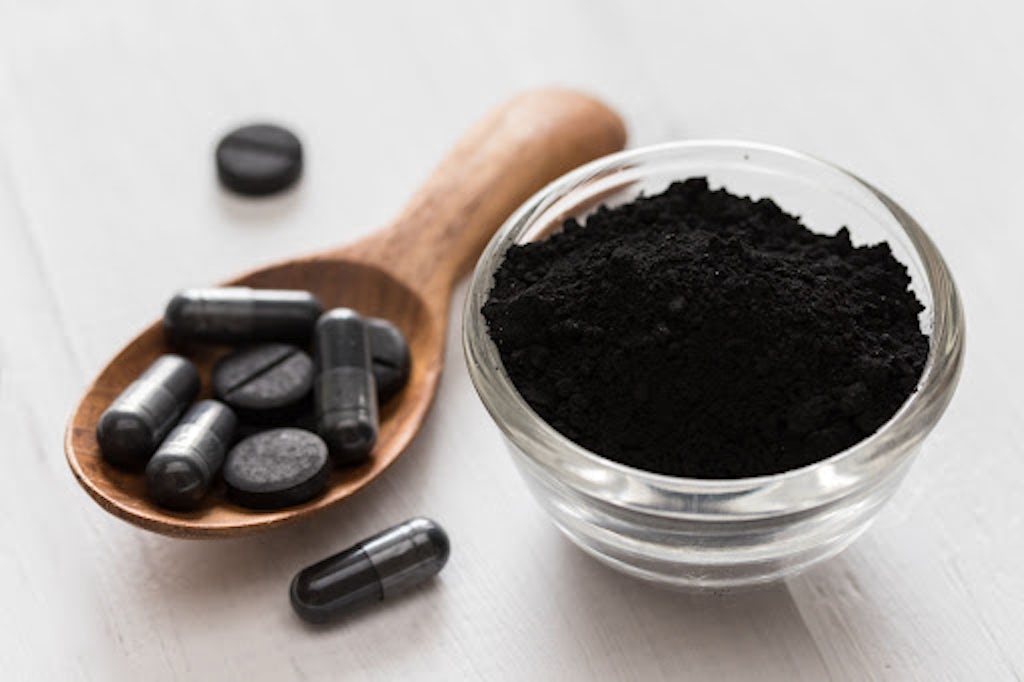
It sounds gross, but the body reabsorbs and recycles many of the things it excretes into the intestines. This recycling is known as enterohepatic reabsorption. The two-day protocol utilizes activated charcoal to bind up any THC metabolites excreted into the GI tract and prevent them from being reabsorbed, thereby reducing the overall levels in your blood and urine. But how long does THC stay in your urine? This can be impacted by many factors, including your body fat, overall metabolic rate, as well as how much THC you consume.
Activated charcoal is an inert supplement with a very high surface area, which gives it the ability to trap substances in the gut. Taking charcoal limits GI absorption preventing the enterohepatic recirculation of THC metabolites, and therefore increases the likelihood of a clear urine drug screen. You should start taking the charcoal about 48 hours before the test date. We propose taking 5 grams of charcoal three times a day, taken 30 minutes to an hour before a meal.
Importantly, charcoal interferes with the absorption of most medications (including the herbal supplements from the one week+ detox protocol), so it should be separated from other medications by two hours. Any patient taking prescription medications should exercise particular caution and the best way to avoid unwanted interactions is to separate medications from charcoal.
Three-hour detox protocol
In truth, THC detox is not the correct term for what this method achieves. A more accurate term for this method would be more like tactful, natural dilution. Urine drug screens work by looking for a specific threshold concentration of drug in the urine, although the exact levels may vary from test to test. If the metabolite levels in the urine are above the detection threshold, then the screen comes back positive. Most labs also use methods to detect tampering, which includes looking at creatinine levels, along with the color, temperature, and density of the urine.
The three-hour method aims to temporarily dilute the metabolite levels in the urine below the threshold concentration while still passing these secondary checks. This is achieved by the intake of fluids – so much fluid that the concentration of the THC-COOH in the urine is (hopefully) too low to detect. In addition to these fluids, this method also calls for taking a few specific supplements to ensure that the aggressive hydration does not alter the appearance of your urine.
What you need to do:
- First and foremost, you need a high-quality oral rehydration solution. Pedialyte is the standard recommendation, and Electrolit is a good alternative. Gatorade and other sports drinks could work, but they generally don’t have a good balance of salts and you would probably be better off with the drinks mentioned above. You’ll be drinking 500-1000 milliliters (~16-32 ounces) each hour for three hours, which is a significant amount of fluid for most people. You’ll want something that you enjoy to ensure you drink enough. Note that there is no need to consume more than 1 liter (~32 ounces) each hour because the adult human body cannot produce urine faster than about 900 milliliters (~30 ounces) each hour. 1
- This method also employs taking creatine ethyl ester (NOT creatine monohydrate) three hours before the test, as this will help conceal the dilution by giving your urine the right density and creatinine levels. We recommend taking a 10-gram dose at the start of your hydration, which can easily be mixed into your fluids. Using creatine monohydrate, which is by far the most common type of creatine found in stores, is not the same as creatine ethyl ester and is less likely to help pass a drug test, simply because it is less effectively absorbed and metabolized into creatinine, which is the point of references labs use to detect dilution. 2
- Lastly, to help give the urine a yellow hue, a vitamin B2 (riboflavin) supplement should also be consumed three hours before the urine drug screen. This B vitamin is the reason that your urine has a bright yellow color after consuming an energy drink or multivitamin. Since the urine is diluted from the copious fluid intake of the 3-hour method, taking this B vitamin can make urine appear to be much more normal to the naked eye. A multivitamin or vitamin B complex would also be an appropriate substitute.
As with other methods mentioned above, there are some small risks involved with this method, especially for high-risk individuals. Individuals with heart or kidney disease should use caution in employing this method due to the risk of dangerous electrolyte changes.
The best way to describe this method is natural dilution, meaning the urine sample is diluted, but not by the addition of water after the pee is in the cup, which is a surefire way to get caught tampering with a test. The three-hour method provides the appropriate cover to reduce the concentration of THC metabolites in urine by artificially creating normal urine color and density.
How does a THC detox work?
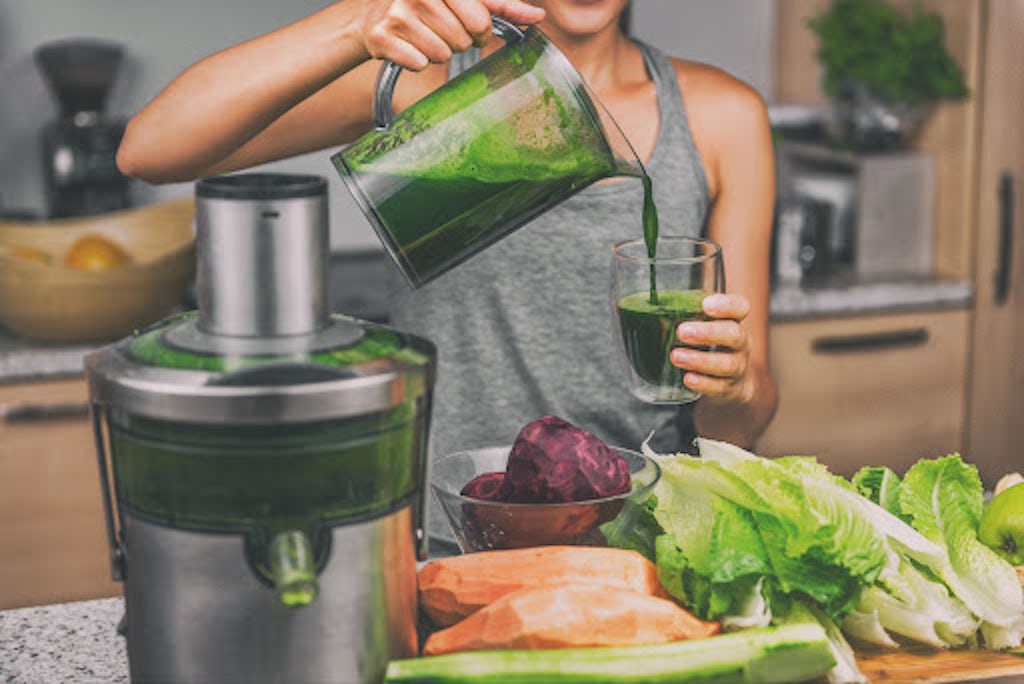
Most cannabis users do not truly understand where the THC from cannabis goes once it enters the body or how it is metabolized and excreted. An understanding of this process, and how long THC stays in your system, known as THC pharmacokinetics, is imperative to successfully approach a THC detox and achieve a negative drug screen.
Metabolism
While it is true that THC mimics the actions of molecules produced by our bodies, called endocannabinoids, the human body still recognizes THC as a foreign chemical that must be eliminated. Once THC is consumed and reaches the liver, the body immediately starts modifying it and preparing it for excretion. The multi-step process, known as metabolism, involves adding biochemical appendages to the THC molecule to make it easier to excrete from the body. Metabolism occurs in phases, the results of which are known as metabolites.
Eliminating THC metabolites
After metabolism, the body must eliminate the THC metabolites in a process known as excretion. Drugs can be excreted in numerous ways, but cannabinoids are cleared out of the body by two main routes: feces and urine.
The majority of cannabinoids are excreted from the body in the stool. On their way there, THC metabolites processed through the liver are excreted into the digestive tract in the form of bile. Despite urine drug tests being the most common type of drug screen, only some metabolites are cleared through the kidneys and excreted in the urine. This type of elimination only accounts for about one-fifth of THC elimination. 3
One of the most important THC metabolites is called 11-hydroxy-THC, which is even more psychoactive than THC itself. 11-hydroxy-THC is produced in high amounts when THC is taken orally, but not when it is inhaled. Furthermore, THC and its metabolites are soluble in fat, so they are distributed into fatty tissue, and then slowly excreted back through the body.
So how long does THC stay in urine? Even though the majority of THC and metabolites will be removed from the body within five days, some of these metabolites can linger in the body beyond 30 days depending on the amount of cannabis being consumed and the body makeup of the individual consumer. This slow removal from the body makes the window for detecting THC in the urine much longer than most drugs, and more variable. 4
One metabolite that lingers around for a long time is known as 11-nor-9-carboxy-THC (carboxy-THC or THC-COOH for short). Most THC urine drug tests are looking for a breakdown product of THC-COOH, rather than THC itself. Because this metabolite can linger in the body’s fat cells, it has been detected in some individuals for 45 days or longer after quitting. 5 Even so, this detection window is different for every person and is strongly influenced by body make-up, amount of consumption, and other metabolic factors, some of which cannot be easily accounted for.
For this reason, depending on what type of test they are facing, users wishing to detox from THC should actually aim to reduce the amount of THC-COOH in the body to avoid a positive result on a drug screen.
Detecting products
It is also important to point out that this test is looking for THC metabolites, meaning it’s likely to detect the presence of any product containing THC, even a small amount. But does CBD show up on a drug test? The short answer is No. This means that if you were taking CBD isolate, there would be no concern for a positive drug test. But if someone is consuming a full spectrum CBD product, then a positive drug screen is still possible. Moreover, despite what some marketers may say, cannabis isomer products on the market, like delta-8-THC or delta-10-THC are both likely to cause a positive on a urine drug screen due to both metabolic similarities, and also the quite common presence of residual delta-9-THC.
The desire for a THC detox usually stems from an upcoming drug screen. These drug screens are usually in the form of urine, hair, or saliva tests.
- Hair tests serve as the most robust testing method, with a detection window of months to years.
- Saliva tests are the least invasive but only detect most substances for a matter of hours or days.
- Urine drug screens have a detection window that is longer than saliva, but shorter than hair.
These drug screens, also called drug tests, differ in testing methods but they all use a similar underlying principle — threshold concentrations. For a drug test to yield a positive result, the presence of the drug must be present in the sample above the threshold concentration. Anything below that threshold and the drug screen will come back negative.
Urine drug screens are by far the most common type of drug screen and therefore the methods below are specifically aimed to address urine testing. For more information on how to pass a urine drug test, or for how to pass a hair follicle drug test, check out our guides on those.

Taking a break from cannabis
By definition, to detox from weed, you must stop consuming it. Stopping your cannabis consumption as soon as possible will give you the best chance of passing. The amount of time between the start of abstinence and the date of the drug test is the most important factor in how you approach a detox. If the drug screen is weeks away, your approach to passing will look very different than if the test is only a matter of days or even hours away. Failure to do so significantly lowers your chances of passing a drug test.
Other than the fat loss in the one week+ method, none of these tactics will truly remove THC metabolites as the word detox suggests. In actuality, these detox methods shift how the body processes and eliminates THC. The reason these THC detox methods are nevertheless viable is that drug screens look for a threshold level of the THC metabolites being expelled from the body. If you can reduce the number of THC metabolites in the urine sample, even if just temporarily, you can essentially fly under the drug-test radar undetected.
THC detox myths
Googling “THC detox” results in an overwhelming cacophony of detox methods — everything from adding bleach to your urine sample (don’t do this) to taking large doses of vitamins to drink copious amounts of liquid for weeks on end. Many of these methods, parroted by non-experts, are not backed by science at all and can be risky for several reasons.
Niacin can help mediate your metabolism
One of the most widespread detox myths surrounds niacin (vitamin B3). Niacin is a nutrient that aids in fat metabolism and is approved as a medication by the FDA for reducing cholesterol levels. Niacin’s ability to mediate lipid metabolism in the body is likely where it got a reputation for clearing THC, a fatty molecule somewhat similar to cholesterol. Niacin is perhaps the most frequently cited method of THC detox on the internet but is unsupported in the scientific literature. But can you use Niacin to pass a drug test?
Niacin has not been studied for the clearance of THC and there is no reason to believe it helps at all. Its rumored utility may also stem from the fact that niacin is well known to cause flushing or redness of the skin, leading to the false belief that it can “flush out” THC. In reality, short-term shifts in blood flow will have a very minimal effect on THC clearance — that is not how THC metabolism works. As explained in the methods above, since niacin does not significantly remove fat, influence CYP enzymes, or dilute urine, it most likely will not help with THC clearance.
In fact, instead of helping you pass a drug test and landing you a new career, high doses of niacin may land you in the hospital. At least 12 people over the past few decades have been hospitalized with niacin toxicity while trying to prepare for a drug test. 6 Fortunately, nobody has been reported to have died from niacin overdose, but these hospitalizations should be enough to make you think twice about trying to detox with niacin.
Zinc can interfere with a urine drug screen
Another myth being propagated online presents zinc as a potential avenue to passing your drug test. The science behind zinc is more robust than niacin, but it’s far from compelling, and all told, zinc is probably just another detox myth.
Zinc can interfere with a urine drug screen and there are scientific studies to support this. However, the issue with this approach is that a negative test can likely only be achieved with high concentrations of zinc in the urine sample — higher than those achievable with oral zinc supplements. It is possible that zinc could be manually added to the sample, but that is often not an option during an observed test. Additionally, while not commonplace, a testing lab could detect zinc adulterants and discard the sample due to tampering. In the end, the zinc approach may have some truth behind it, but it is still largely a myth and is unlikely to be helpful in your quest to pee clean.
Midstream urine collection limits the amount of THC
There is very little science or even logic behind this claim. Midstream urine collection is common when collecting a urine specimen, but the reason is to reduce the risk of bacterial contamination — known as a clean catch. The THC metabolites in the urine are suspended in solution, meaning they are distributed evenly throughout the urine — there is not one part of urine that has a higher concentration than any other. From a drug test perspective, there is no reason to believe that the midstream collection will help you pass.
Although midstream urine likely doesn’t matter, midday urine does matter. If you’re looking to avoid detection, the first pee of the day should be discarded into the toilet. All subsequent pee is kosher to submit, but that overnight urine has accumulated THC metabolites while you slept, so submitting it increases your chances of testing positive.
THC can be sweated out from the skin

This method is rampantly touted on the internet but doesn’t line up well with the pharmacokinetics described earlier in this article. Some THC is indeed excreted from the skin, but there is minimal evidence to suggest it’s a significant amount. In addition, studies have found that 11-OH-THC or THC-COOH are not excreted in sweat. 7 This means that even if some THC can be eliminated via the skin, the detectable metabolites will still have to be eliminated via the normal channels (aka urine and feces).
Hyper-hydration can flush out the THC
Hydration before a urine drug screen is the most critical part of the three-hour protocol, but that is only for the three-hour protocol. It is often claimed on the internet that drinking copious amounts of fluids — like cranberry juice — for days or weeks will help you detox and pass a drug test. While it seems logical that peeing more means excreting more THC-metabolites, that’s not how the kidneys work. The intricacies of why this method does not work are convoluted, but the takeaway message is simple — more fluid intake leads to more urine, not to more metabolism. So overhydration keeps the kidney busy filtering out a bunch of extra water and leads to frequent urination, but that has minimal impact on the removal of THC metabolites.
Commercial detox products
Detox products are everywhere, and it’s hard to know what products are legitimate and which are just marketing. In truth, these detox products usually work by just a few mechanisms:
- diluting urine
- hiding the dilution of urine
- acting as a bowel cleanse (inducing bowel movements)
- cleaning hair
When you need to pass a drug test don’t take chances with your detox product selections. Pick a trusted brand with a proven track record. PassYourTest.com has 20 years experience helping people pass their drug test.
Cleanses
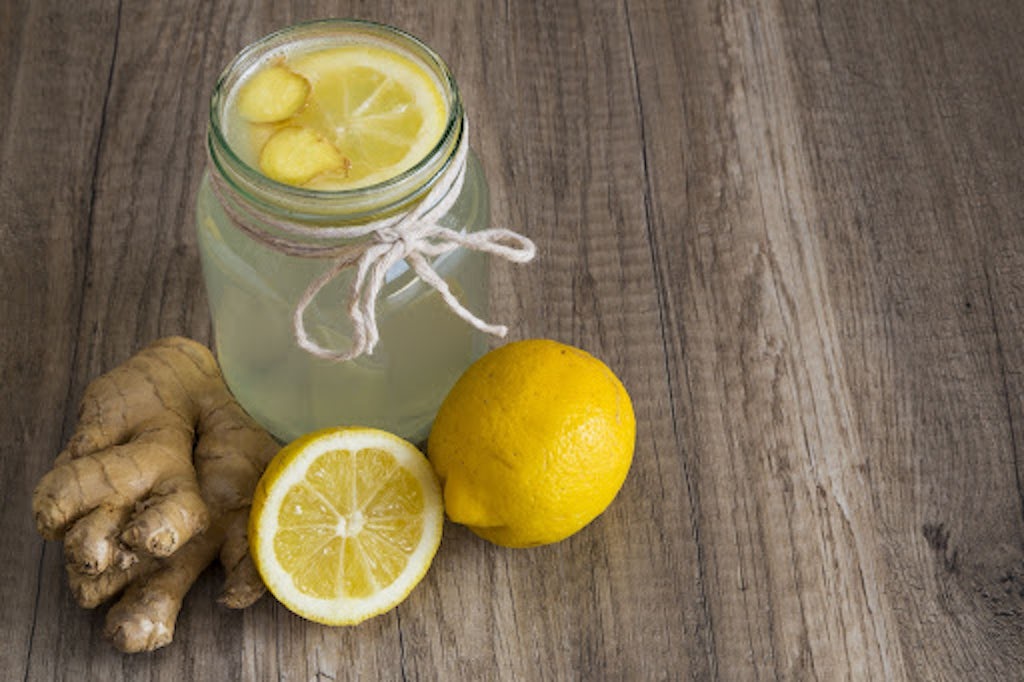
The approach of these products should be viewed through the lens of THC clearance. Some products are marketed for use immediately before a test. These are most often drinks that contain sugar, salt, B vitamins, and often some creatine and some herbal ingredients like dandelion or echinacea. These drinks, which can range in size from a 1 ounce shot to a 500mL (~16 ounces) drink, primarily help to dilute the urine and then cover it up. The B vitamins (especially vitamin B2 — riboflavin) and other nutrients can be included to ensure urine has a natural yellow color. Other herbals, like dandelion root or caffeine, are sometimes included and are typically there to increase urine output.
Other cleanses tend to include poop-inducing ingredients like sennosides or fiber. Sennosides, which come in the form of an herbal extract, cause an evacuation of the bowels that can reduce overall toxin (THC metabolite) levels in the body, similar to the use of charcoal in the two-day detox. Fiber is another ingredient that frequently shows up in these products. It, too, may assist in overall clearance but will likely not have a major impact on THC detox. While products like this have some logic to them, their reliability is still in question, especially if the one week+ protocol was not employed.
THC removal: hair products
The protocols mentioned above will only work for how to pass a urine drug test. A hair screen is an entirely different animal. The ingredients used in these hair detox products are questionable, often containing multiple solvents to try to remove residual THC from the hair. These solvents may absorb through the scalp and could be toxic at large doses, so care should be taken to purchase products from a reputable store like Passyourtest.com and follow the manufacturer’s instructions.
Only a small fraction of employers use hair screenings, and they are typically reserved for high-risk jobs like a bus driver or crane operators. Either way, consumers may be tempted to buy a THC detox kit that includes shampoo, just to be safe. There is extremely little science evaluating the efficacy of this, but there are numerous anecdotal reports of its utility.
Defining the best THC detox product is very challenging because the best choice will depend on the timeline of the screening process. Some drinks and products are formulated for use immediately before the test while others may be beneficial to take for days or even weeks leading up to the drug screen. Either way, it is important to understand that none of these products is a surefire way to avoid detection. The best approach to passing a drug test is to abstain from cannabis products containing THC altogether.
Sign up for bi-weekly updates, packed full of cannabis education, recipes, and tips. Your inbox will love it.

 Shop
Shop Support
Support

